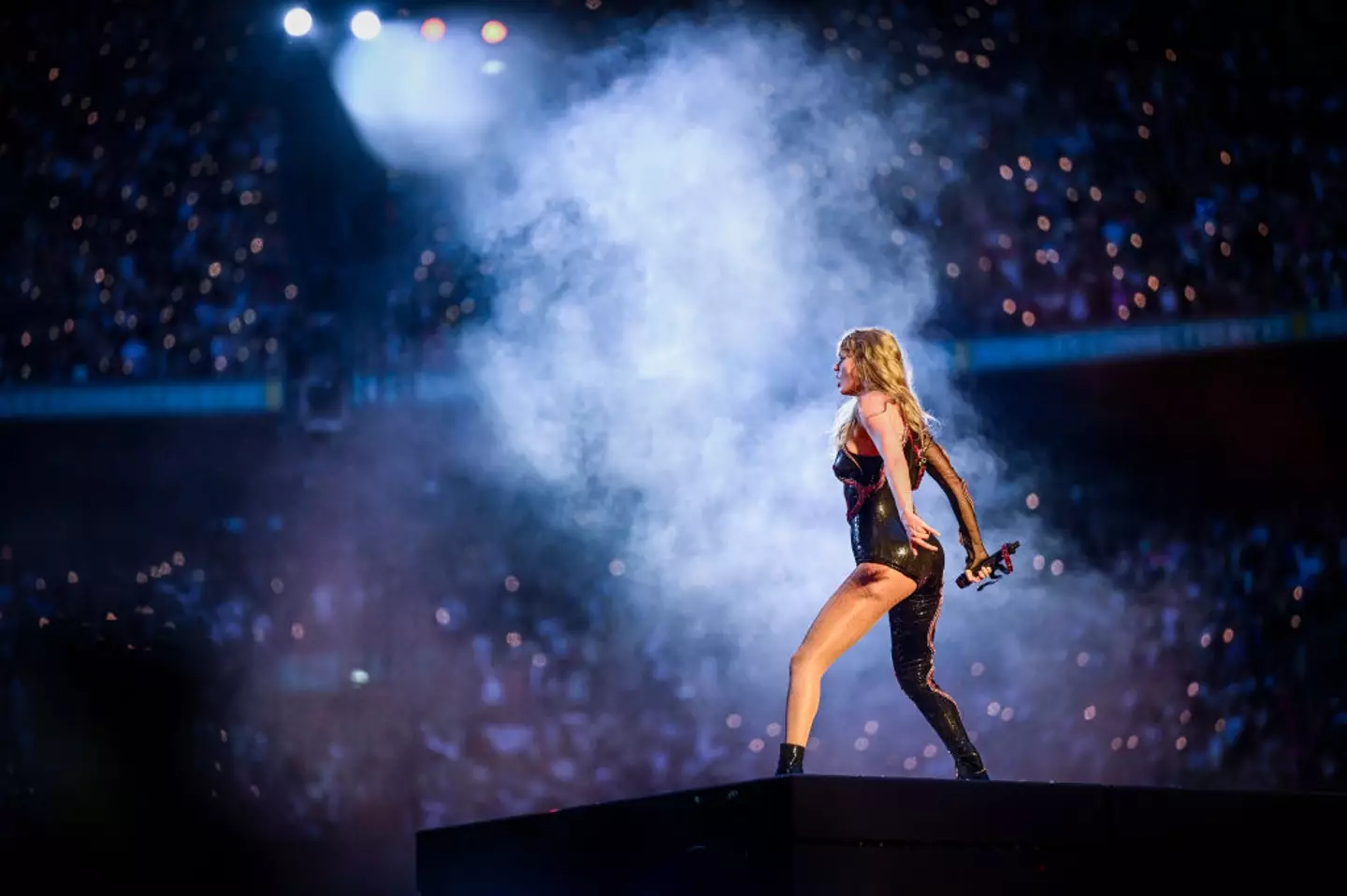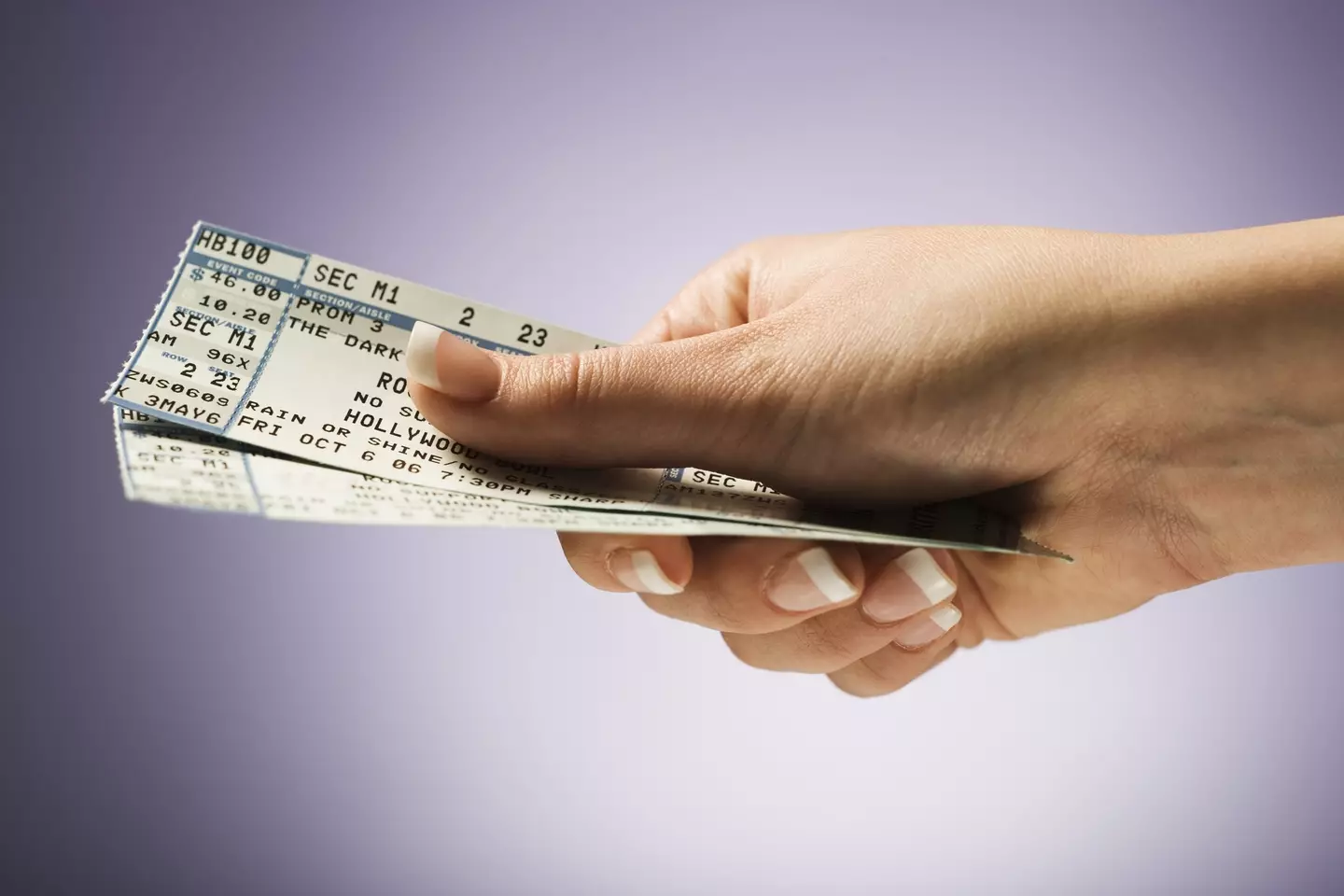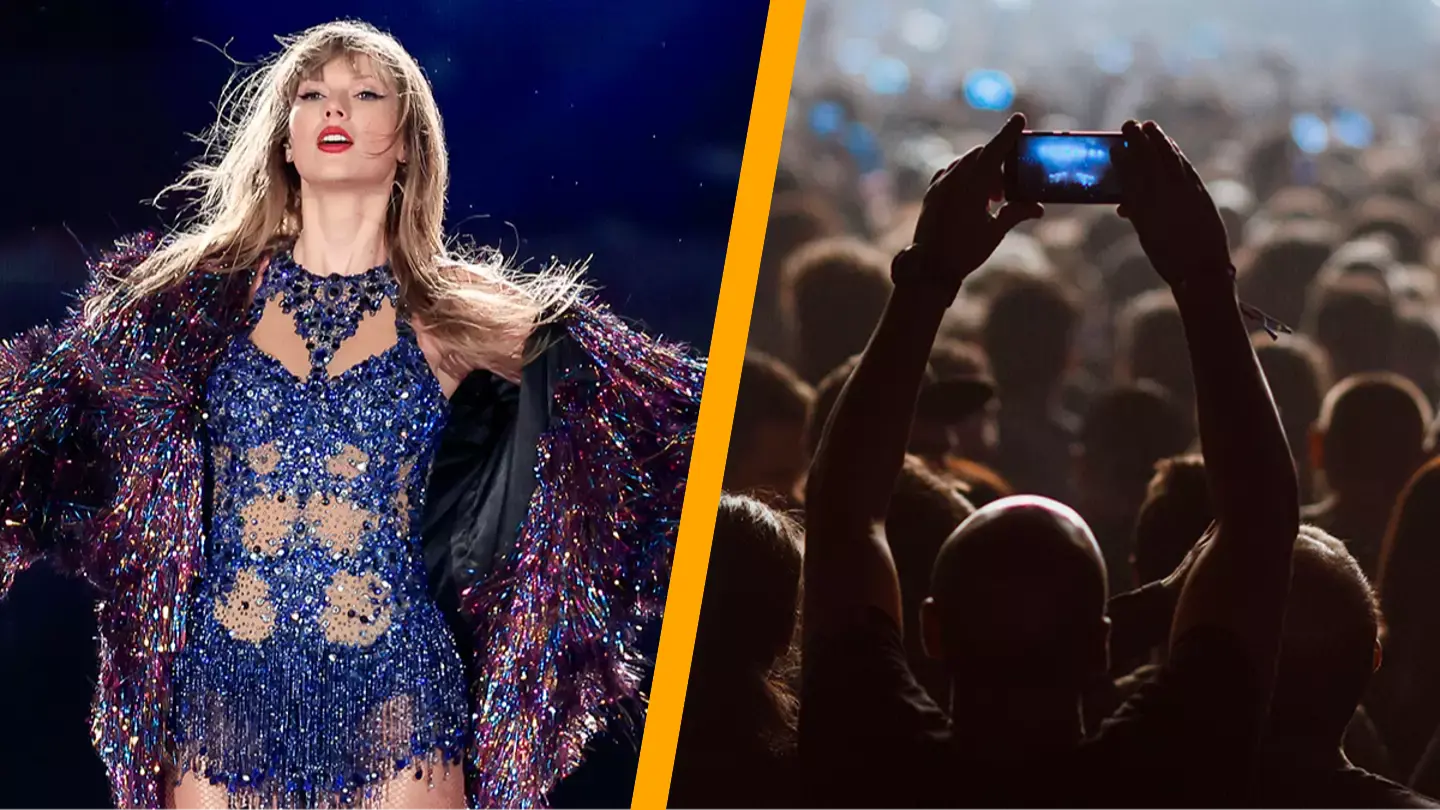The announcement of Oasis’ reunion tour has ignited widespread frustration over the skyrocketing cost of concert tickets.
Fans who endured long waits in queues to secure tickets for the Gallagher brothers’ highly anticipated reunion were met with the unpleasant surprise of ‘dynamic pricing’.
For the uninitiated, ‘dynamic pricing’ is essentially a euphemism for ‘increasing prices because it’s possible’.
When demand for event tickets rises, such as with the Oasis reunion, prices are adjusted in real time to capitalize on the increased interest.
It’s well-known that Ticketmaster holds a dominant position in the ticket sales market.
Many fans find themselves burdened with a growing number of additional fees on top of their ticket price.
The situation has escalated to the point that in May, the US Justice Department announced plans to file a lawsuit to dismantle Live Nation Entertainment and its subsidiary Ticketmaster, citing concerns over competition laws.

Attorney General Merrick Garland remarked: “Ticketmaster can impose a seemingly endless list of fees on fans. These include ticketing fees, service fees, convenience fees, platinum fees, price master fees, per order fees, handling fees and payment processing fees.”
But where exactly do all these fees end up?
The BBC has provided a breakdown of where the money goes for a ticket costing £150, approximately $200, for an arena tour.
Out of this, £93.60 ($125.15), which makes up 62.4 percent of the total, goes directly to the artist.
This amount is then divided to cover tour expenses such as transport, crew, security, and other logistical costs before the artist receives their share.
In the UK, the next largest portion is VAT, amounting to £25, or $33.43, which is 16.6 percent (or precisely 16 and a third percent) of the total.

Following that, there are the ticket fees, a common grievance among music fans.
These fees amount to £16.50, or $22.06, making up 11 percent of the total cost.
The promoter, the entity responsible for organizing and marketing the tour, takes £10.40, or $13.91, which is just over 6.9 percent of the ticket price.
Lastly, there are performance royalties for the songs, which may return to the artist if they are performing their own material.
This royalty is around £4.50, or $6.02, constituting three percent of the ticket cost.
One noteworthy omission that some might observe is that of the venue.
While large stadium shows, such as Taylor Swift’s Eras Tour, can generate substantial revenue, the situation is quite different for smaller venues.
Many smaller venues are increasingly feeling the financial squeeze, which could deprive emerging or alternative artists of the spaces they need to perform.

